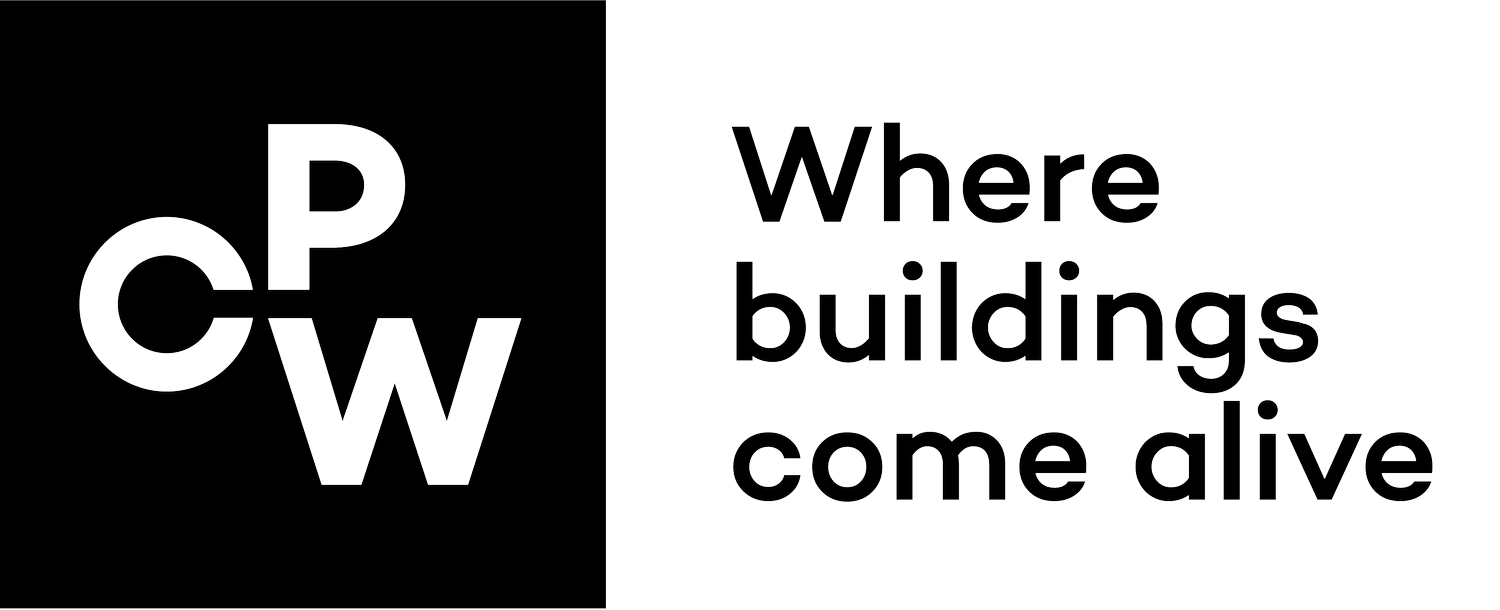Team spotlight: Our Vertical Transportation team
Vertical Transportation (VT) is an unsung hero in building design, with lifts, moving walkways, and escalators forming a crucial part of the user experience and wayfinding. It impacts how we interact and move throughout a building and, if done correctly, it should be safe, efficient, and smooth.
Mark Hopkinson, Senior Lift Engineer and Vertical Transportation Team Leader here at CPW, has been working in the industry for almost four decades – Joining Evans Lifts in 1984 as an apprentice and working for several manufacturers before becoming a consultant eight years ago.
What does the vertical transportation team do?
We are a team of two, largely working from the Solihull office but, with projects across the UK, we visit and work from our other offices on a regular basis.
The team has extensive experience within the lift and escalator industry, and we offer a range of independent advice to clients – particularly in lift manufacturing and refurbishment, traffic analysis, mechanical and electrical design, project management, and installation supervision and commissioning.
We aim to give our clients peace of mind and the confidence to make the right decision for their projects. This could include lift surveys, inspections, and audits as well as portfolio management and lift design services.
When working on projects, our involvement as early as possible is extremely important. A key benefit of this is project consistency and continuity for the client we are working with. If we are involved from concept design stage right through to completion and handover we can advise and guide the client through every aspect of the process, including managing client and project expectations.
What projects is the team working on?
We have a wide variety of projects at the moment, spanning a range of sectors which all come with their own unique demands. Mid and high-rise residential new build developments – particularly in Birmingham and London where the buildings are often much taller – form a large part of our work, as well as office buildings. The growing demand for high-rise buildings means an increased reliance on lifts that serve a greater number of people which provide a range of interesting challenges for us to rise to.
The NHS is also a key client. With projects including University College London Hospital as well as with NHS Trusts in Leicester, Shrewsbury, Lincolnshire, Derby, and Shropshire, which span both new build developments and refurbishments. For these ‘always-on’ buildings, it’s essential that we find solutions that are efficient and reliable, and that any refurbishment work has minimal impact on the flow of patients around a building where every second counts.
The team also has plenty of work with universities across the UK including the University of Birmingham, University of Warwick, Aston University, University of Oxford, UWE Bristol and Chesterfield College to name a few.
Universities and colleges usually have a range of buildings of different ages and an array of uses such as teaching spaces, sports facilities, laboratories, and libraries etc. All of which have different demands and requirements on the lifts. Traffic demands and flow of people for each will present individual challenges while also requiring a continuity of design.
What are your stand-out projects?
Having worked in the industry for 39 years, and at CPW for three years, there are honestly too many to count. However, my top five standout projects include:
2 Snowhill Plaza by HUB Residential – this is one of our most recent project and it’s set to be one of the tallest buildings in Birmingham upon completion, which is exciting. I worked on the lift traffic analysis – which is crucial given that there will be 48 floors and 462 homes within the building. The vertical transportation provision is therefore a key component to end user safety and satisfaction.
Forth Road Bridge in east central Scotland – here I worked on the replacement of the lifts in two of the tower legs, which were used to access the aircraft safety lights at the top of the bridge. Originally built in 1964, our work extended the lift down to the water level and higher up in each tower.
Bush House (the former BBC World Service building) – this project saw the refurbishment of three lifts, but one of them was a unique basement drive system so very interesting.
Pinewood Studios – I supported with a survey and the refurbishment of the 27 various lift systems that are installed in the film studios, workshops, and office buildings.
London Borough Social Housing – I worked on more than 80 lift systems for various council-owned residential tower blocks, all located across several London boroughs. The projects I was involved with spanned an eight-year time period and was very complex although refurbishment of these social housing residencies is a continual long term commitment for local authorities
New build projects and refurbishment projects offer very different challenges – both of which I enjoy working on – but personally, I prefer getting my teeth into a good lift refurbishment. The most difficult stage can be the planning involved for the installation. There are a lot of logistical complexities of refurbishing or replacing a lift to consider in an existing building, especially if the building is occupied and operational.
What does the future look like for the VT team?
We’re a growing team and proud to work on a number of really exciting projects so the future is only up from here!
To find out more about our vertical transport team and its capabilities or to get in touch, go to https://www.cpwp.com/vertical-transport
